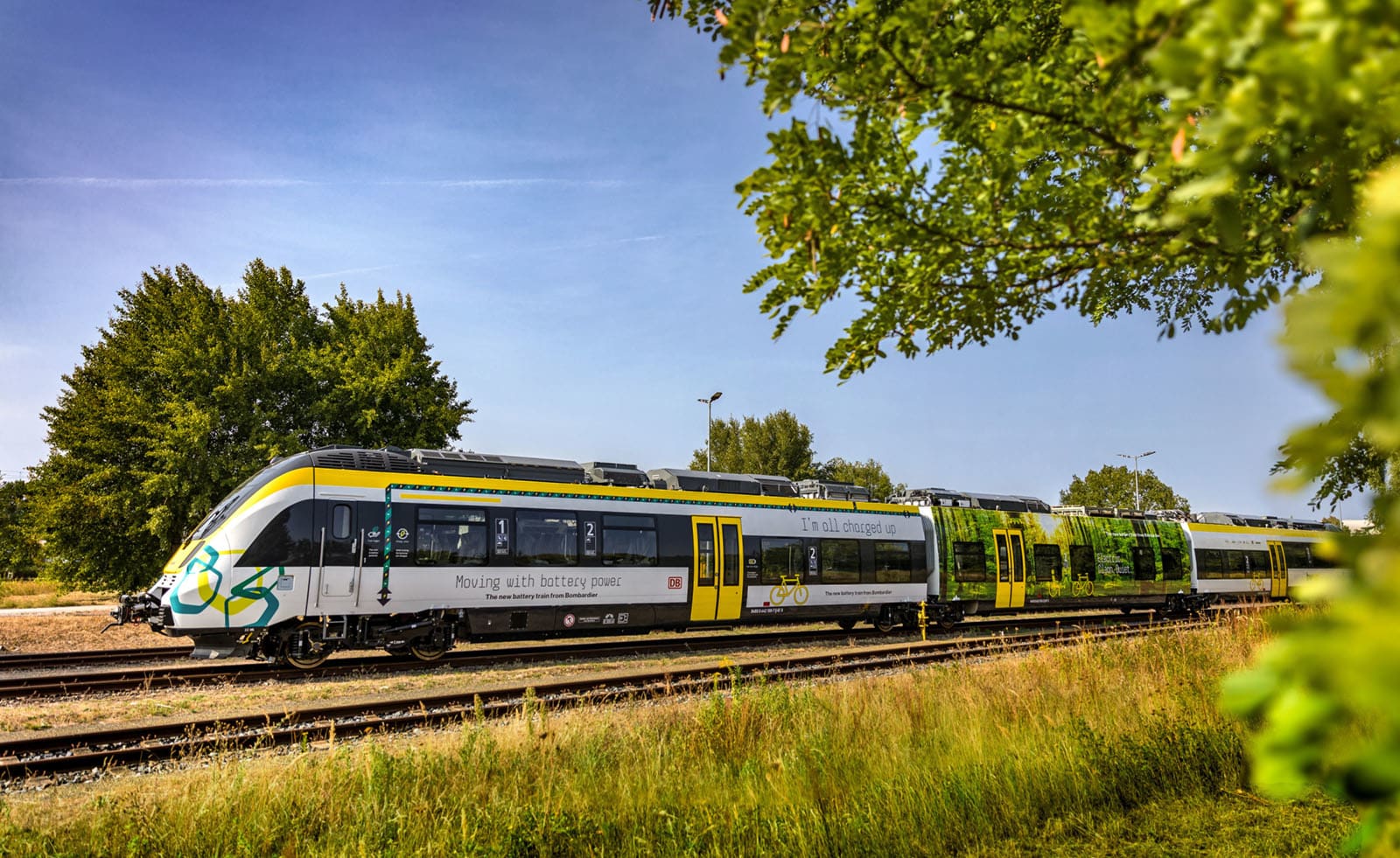Streety McCarface
Senior Member
Wait for it. Catenary electrification...…...just hold both wires and it will blow you to your destination.
I think you guys are misunderstanding me. I am NOT saying Hydrail is the right solution but neither am I going to write it off as some form of fantasy not worth considering. If they do a fair comparison between all 3 options of hydrogen, catenary, or battery {don't think anyone is advocating a mass switch to 3rd rail or linear induction} it should be done with no preconceived ideas of what is right or wrong. Make a knowledge based decision on reliability, implementation, environmental concerns, cost, construction times, maintenance, speed, etc and then decide the best course of action.
For myself I see hydrogen as an alternative worth exploring for RER single level trains and battery as well if they use a RailBaar type recharging system as I personally hate the visual pollution of catenary wires and poles all over the damn place.
I honestly think both of the traction methods you mentioned (3rd rail and Linear Induction) have more potential for a better cost:benefit ratio than hydrogen or battery on the current RER corridors. Save hydrail for richmond hill midday service or Niagara service, but it's not going to be effective at all for the RER needs of LSW, Kitchener, or Barrie.






